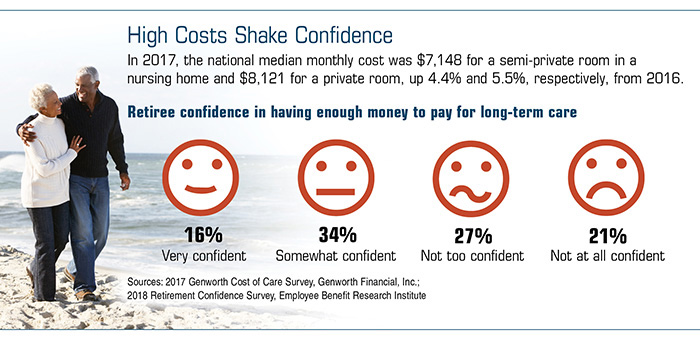7 Easy Facts About Pacific Prime Described
7 Easy Facts About Pacific Prime Described
Blog Article
Everything about Pacific Prime
Table of ContentsPacific Prime Fundamentals Explained9 Simple Techniques For Pacific PrimeSome Known Incorrect Statements About Pacific Prime Not known Factual Statements About Pacific Prime Pacific Prime Fundamentals Explained
:max_bytes(150000):strip_icc()/terms_i_insurance_FINAL_-3556393b3bbf483e9bc8ad9b707641e4.jpg)
This is due to the fact that the data were gathered for a duration of strong financial efficiency. Of the estimated 42 million people that were uninsured, just about about 420,000 (regarding 1 percent) were under 65 years old, the age at which most Americans become qualified for Medicare; 32 million were adults in between ages 18 and 65, about 19 percent of all grownups in this age group; and 10 million were kids under 18 years old, concerning 13.9 percent of all kids (Mills, 2000).
These price quotes of the number of persons without insurance are generated from the annual March Supplement to the Present Populace Study (CPS), conducted by the Census Bureau. Unless or else kept in mind, national quotes of individuals without health and wellness insurance policy and percentages of the populace with various kinds of insurance coverage are based on the CPS, the most commonly utilized source of quotes of insurance policy coverage and uninsurance rates.
Things about Pacific Prime

Still, the CPS is especially helpful because it produces annual price quotes reasonably promptly, reporting the previous year's insurance policy protection estimates each September, and because it is the basis for a regular collection of price quotes for greater than twenty years, enabling for analysis of trends in coverage over time. For these factors, along with the extensive use the CPS in various other research studies of insurance coverage that exist in this record, we depend on CPS quotes, with restrictions noted.

The estimate of the number of uninsured people expands when a population's insurance status is tracked for numerous years. Over a three-year duration beginning early in 1993, 72 million people, 29 percent of the U.S. https://www.webtoolhub.com/profile.aspx?user=42386420. populace, lacked insurance coverage for at the very least one month. Within a single year (1994 ), 53 million people experienced a minimum of a month without coverage (Bennefield, 1998a)
6 out of every 10 uninsured adults are themselves used. Functioning does boost the possibility that one and one's family members will certainly have insurance coverage, it is not a guarantee. Also members of family members with two full-time breadwinner have practically a one-in-ten chance of being without insurance (9.1 percent uninsured price) (Hoffman and Pohl, 2000).
See This Report on Pacific Prime
New immigrants account for a substantial percentage of people without health and wellness insurance. One evaluation has attributed a substantial part of the recent development in the dimension of the U.S. without insurance population to immigrants who got here in the country in between 1994 and 1998 (Camarota and Edwards, 2000). Current immigrants (those who came to the USA within the past 4 years) do have a high price of being uninsured (46 percent), but they and their youngsters account for simply 6 percent of those without insurance coverage nationally (Holahan et al., 2001).
The connection between wellness insurance coverage and accessibility to care is well established, as recorded later in this chapter. The connection between health and wellness insurance and health and wellness results is neither straight neither simple, an extensive medical and wellness solutions study literature web links wellness insurance protection to better accessibility to care, far better quality, and improved personal and population health and wellness condition.
Degrees of analysis for analyzing the effects of uninsurance. This conversation of medical insurance protection concentrates mainly on the united state population under age 65 because practically all Americans 65 and older have Medicare or various other public protection. It concentrates particularly on those without any health insurance coverage for any kind of size of time.
The Pacific Prime PDFs
The problems dealt with by the underinsured remain in some respects similar to those faced by the uninsured, although they are generally less serious. maternity insurance for expats. Uninsurance and underinsurance, nevertheless, include definitely different policy issues, and the strategies for addressing them might vary. Throughout this research study and the five reports to comply with, the main focus gets on individuals without medical insurance and thus no help in spending for health care beyond what is offered via charity and safeguard establishments
Wellness insurance coverage is a powerful factor influencing invoice of care weblink because both people and doctors reply to the out-of-pocket rate of solutions - https://pastebin.com/u/pacificpr1me. Wellness insurance policy, nonetheless, is neither needed neither adequate to access to medical solutions. The independent and straight effect of health and wellness insurance policy protection on accessibility to wellness services is well established.
Others will get the healthcare they require even without wellness insurance coverage, by spending for it out of pocket or seeking it from companies who use care cost-free or at highly subsidized prices. For still others, medical insurance alone does not guarantee invoice of care as a result of other nonfinancial obstacles, such as an absence of health and wellness treatment providers in their area, limited accessibility to transport, illiteracy, or linguistic and social distinctions.
What Does Pacific Prime Mean?
Formal research study concerning uninsured populations in the USA dates to the late 1920s and very early 1930s when the Committee on the Expense of Healthcare produced a collection of reports regarding funding doctor office gos to and hospitalizations. This issue ended up being salient as the varieties of clinically indigent climbed throughout the Great Clinical depression.
Report this page